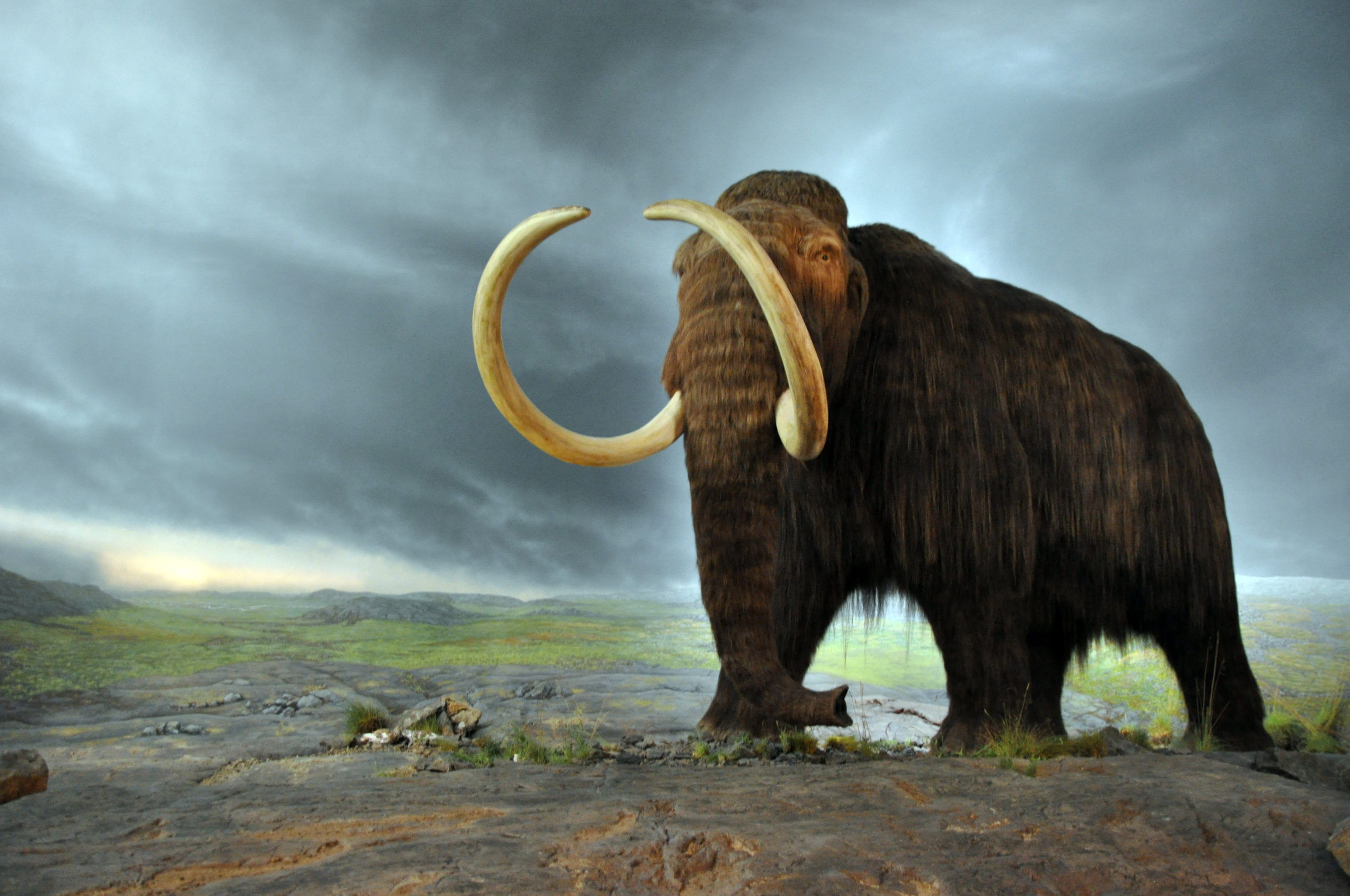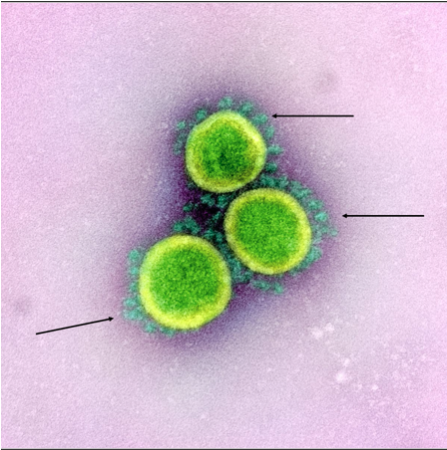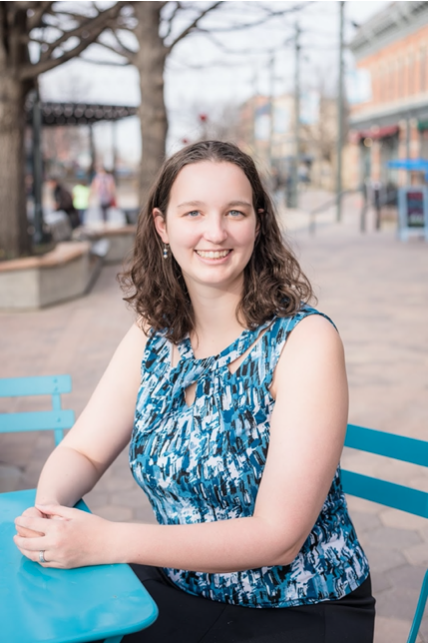In honor of DNA Day, hear from Melanie Peffer, author of Biology Everywhere: How the science of life matters to everyday life, about how DNA is everywhere— even if you can’t see it!

My outreach endeavors began in response to so many friends, family members, and students, expressing a variant on the theme of:
“I HATE science.”
“I’m not smart enough to do science.”
“I’m not good at science.”
Maybe you’re reading these quotes and can either relate them … or know someone who can.
I wrote my book Biology Everywhere: How the science of life matters to everyday life in response. I wanted to help people rethink biology in their own lives. Not only because it enriches our lives, but also because engaging with biology is necessary for the health and welfare of society.
The inability to escape engaging with biology was plainly apparent during the COVID-19 pandemic. Everyone had to make decisions ranging from what type of mask to wear to whether to homeschool children to when to vaccinate.
Biology Everywhere is all about seeing biology in our daily lives. Sure – this is easy to grasp when we’re thinking about things that are easy to see. Just looking out the window is a gateway for multiple biology lessons.
But what about the biology we can’t see easily? Biology even smaller than microbes (microbiology) – but molecular biology? Molecules like…deoxyribonucleic acid…or DNA.
In honor of DNA day – let’s explore molecular biology everywhere.
Finding DNA…in History
The discovery of DNA in the 1950s was one of the biggest discoveries in molecular biology – and arguably, foundational to the study of molecular biology. Understanding the structure of DNA was critical for teasing out the function of DNA. This combined with Gregor Mendel’s work with pea plants laid the foundation for modern genetics.
When we think about the discovery of DNA, Francis Crick, James Watson and Maurice Wilkins come to mind. Afterall, the three of them shared the Nobel Prize in 1962 for the discovery.
What about Rosalind Franklin?

MRC Laboratory of Molecular Biology, CC BY-SA 4.0, via Wikimedia Commons
In Watson’s memoir, The Double Helix, you may recall Watson’s disparagement of Franklin, likening her to a lab assistant and talking about her clothing and makeup choices.
In reality, Watson and colleagues would likely not have been possible without Franklin’s x-ray crystallography work. Franklin generated an image of DNA that was given to Watson and Crick without her knowledge or permission (which Watson admits in The Double Helix)—and that image ended up being the missing piece they needed to solve the final structure.
Traditionally we don’t hear much about Franklin’s role in the discovery of DNA. Even in modern molecular biology textbooks, her contribution is commonly relegated to a footnote.
Why is this the case? Is it because she didn’t receive the Nobel Prize in 1962?
One thing to note about Nobel Prizes…they can’t be awarded posthumously. Franklin died of ovarian cancer – likely linked to exposure to X-ray exposure as part of her research – in 1958.
Let’s turn back to The Double Helix. Watson’s depictions of Franklin were reflective of 1950s attitudes towards women – that women should be pretty things to look at rather than as intellectual beings. In the 1950s, women were expected to stay home – not earn advanced degrees in biology.
If Franklin had been a man, how would the discovery of DNA been different? Would her work have been stolen without her knowledge? Would her contributions have been more acknowledged, regardless of whether or not she received the Nobel Prize?
We may never know – but efforts in the 21st century are working to retell the narrative in a female-friendly light. You can learn more about Franklin’s story in this TED-ED lesson.
Finding DNA…at home
One night after dinner my husband and I were watching our son play in the backyard. I turned to my husband and commented on what you can do with a single cell.
We combined our single cells – an egg and sperm – each with their own DNA to make a totally new person. And the DNA passed on to our son is part of our genetic legacy.
Our son doesn’t just share DNA with us – but with our parents, grandparents, great-grandparents and so on.
It comforts me to know that the people I love who have died live on not only in my memories – but in the genes passed on. I still see my father-in-law’s smile – except now it’s on my son’s face.
How DNA is expressed, leading to the phenotypes we see, is fascinating. It’s traditionally been among my general biology students’ favorite topics. And I’m fortunate enough to teach genetics to biology majors every spring.
The study of genetics is so much more than the Mendelian genetics I mentioned at the beginning of this article. Epigenetics, or changes not to the DNA itself but how that DNA is expressed, is a rapidly growing field. Epigenetics explains everything from intergenerational trauma to uncovering new treatments for cancer.
We’re born with our DNA…but how that DNA is expressed over the courses of our lives is a factor of the environment. How the DNA is expressed can be passed down to our children and grandchildren as well – explaining why the descendants of holocaust victims can struggle with anxiety disorders.
Finding DNA…in the news
When I was in elementary school, I remember hearing adults talking about the O.J. Simpson Murder Case.
Part of why the case was such a big deal was the newness of using DNA evidence – and if the DNA evidence was valid as part of the case.
DNA evidence is also used to exonerate or reverse conviction for a crime. According to the Innocence Project, the first DNA exoneration took place in 1989 – and since then 375 people have been released from prison.
Specific regions of DNA called short tandem repeats (STRs) help differentiate people. After all, humans are more than 99% similar to one another at the genetic level. But these STRs represent highly variable regions that we can sequence and use to identify individuals. This is how DNA evidence can be used to reverse convictions
Speaking of sequencing…gene sequencing and gene editing are both regularly making headlines.
Gene sequencing is the process of identifying the order of bases (the A, T, G, and Cs you may remember from high school biology). The Human Genome Project spent over 10 years and an awful lot of money sequencing the first human genome.
Now you can get a subset of genes sequenced simply by buying a DNA testing kit at the local supermarket.
We can also go in and precisely edit genes using CRISPR-Cas9 technology. An advance recognized with a Nobel Prize to Emmanuelle Charpentier and Jennifer Doudna in 2020.
“Fixing” broken genes with CRISPR-Cas9 to treat cancer is already the subject of several ongoing clinical trials. It’s also been used as a possible method for ‘de-extincting’ animals like the mammoth.

Flying Puffin licensed CC BY-SA 2.0, via Wikimedia Commons
I realize it’s DNA day and not RNA day – but we can’t forget DNA’s cousin molecule, ribonucleic acid (RNA).
Molecular biologists propose that RNA may have evolved before DNA. RNA transmits information (like DNA) – and can do work, like a protein. So because RNA can do double duty at the molecular level, it’s thought to be an “older” molecule. Maybe we really do need an RNA day.
Anyway – back to RNA in the news.
Two of the COVID-19 vaccines developed – one by Moderna and the other by Pfizer-BioNTech – use RNA technology.
The vaccine consists of a small amount of RNA wrapped in fat to protect it.
The RNA contains information for building one part of the COVID-19 virus – the spike. The spike proteins (arrows) are shown in blue in this picture.

“Novel Coronavirus SARS-CoV-2” by National Institute of Allergy and Infectious Diseases (NIAID) licensed CC BY. Modified by Melanie Peffer.
Our molecular machines make the spike protein…which other cells in our body recognize as foreign, causing an immune response.
Then if we’re infected with COVID-19 again, our bodies respond and react quicker.
What I find ironic is that the COVID-19 virus injects all of its genetic material into our cells to make more of itself (and consequently make us sick). But we can protect ourselves by putting just a small part of its genome into our cells.
Finding DNA…where next?
Biology is everywhere. When we rethink biology as part of our lives, these little connections and stories begin to pop up.
In honor of DNA day, we looked at a few places where you might find molecular biology in places you least expect.
Molecular biology is just as much a part of our lives as other aspects of biology – even if smaller.
Where have you experienced biology…or molecular biology today? Come tell me about it on Twitter @Melanie_Peffer.

Melanie is on faculty at the University of Colorado Boulder. She is the author of the best selling Biology Everywhere: How the science of life matters to everyday life. When not writing, Melanie enjoys playing her flute and piccolo and enjoying all that Colorado has to offer in the great outdoors with her husband and son. Visit her on the web at www.biologyeverywhere.com.




